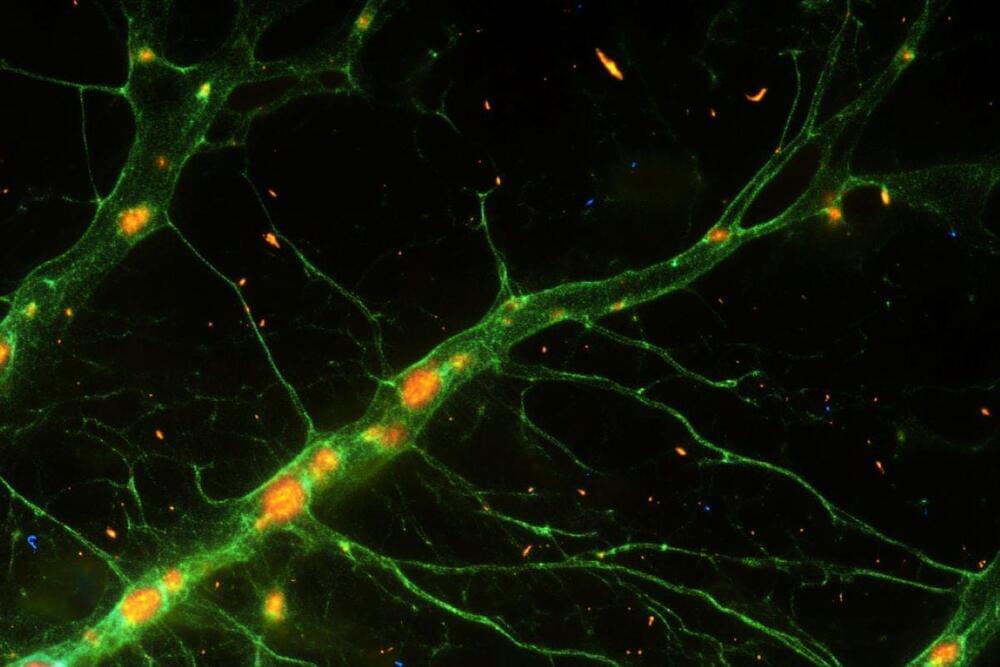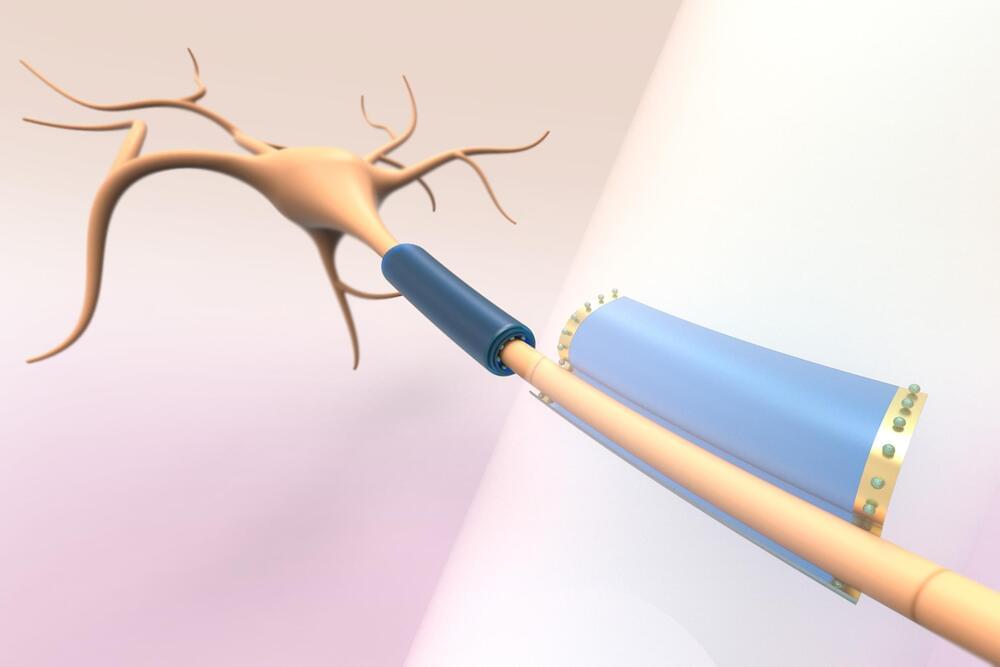Summary: Scientists have successfully reprogrammed astroglia, a type of brain support cell, into neurons that mimic specific interneurons critical for brain function. By modifying the Ascl1 protein, they increased its efficiency in converting astroglia to neuron-like cells, opening new possibilities for regenerative treatments for brain disorders such as epilepsy.
The engineered neurons exhibit high-frequency firing, a signature of certain interneurons essential for regulating brain activity. This work suggests astroglia could serve as a repair mechanism, allowing us to restore lost or damaged brain circuits.







